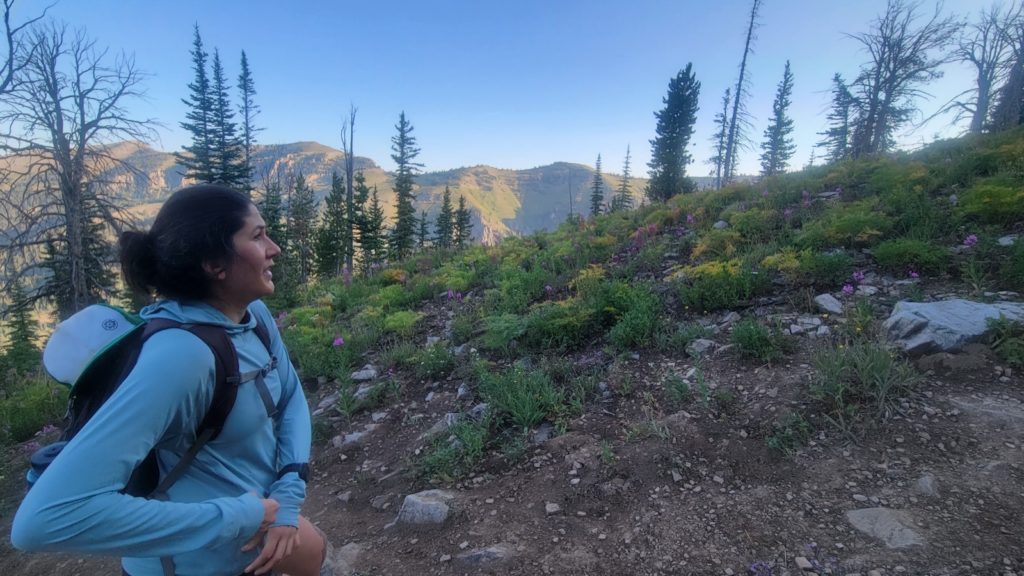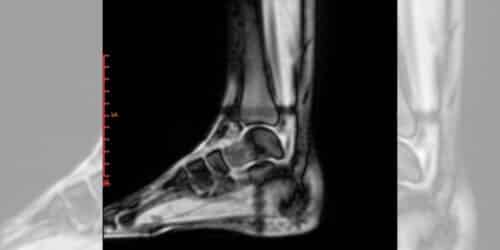“The patient didn’t make it” would be the opening line of my life as narrated if it were a movie, the opening scene showing me hunched on the counter of the OR locker room sink trying to rinse the blood off my legs, face expressionless with dark circles under my eyes. My scrub shirt matted down with sweat because the OR is kept HOT to keep patients from becoming hypothermic and adrenaline is high. My life is not a movie, although sometimes with all the plot twists I think it could be, and my job is frequently filled with dramatic scenes that most people care to never experience.
When I got home, I threw out my sneakers (should have worn the tall shoe covers), they were soaked with blood. I thought I could save them, but the peroxide couldn’t undo all the damage. It was likely not even his blood, it was donated blood and blood products from the Massive Transfusion Protocol that had been called to help save him, replacing his entire blood volume over at least once. That’s how much blood he lost. That’s how bad his injuries were. It wasn’t enough though; he didn’t make it. My brain just kept running through the events over and over and over. Questioning everything we did.
Fourteen-hour night shifts are rough and I wanted sleep, but I needed to clear my brain. Grabbing Henry and Ty, dog partners in crime, we drove to the trail. It was warm and sunny; I was tired and feeling sluggish, heavy. The dogs barked at me, jumping excitedly urging me to get moving as we set out on our normal loop. The first steps, even the first mile is the hardest; but my brain was swirling with the what ifs. “Maybe if we had gone to the OR sooner.” “Why don’t we let TXA be used in the field?” “Should we have placed a REBOA in the bay?”. As the miles pass my pace evens, my breathing relaxes, my brain quiets down. I notice the baby ferns uncurling, birds chirping, and my dogs smiling. They always come back to check on me and then sprint ahead to chase squirrels. By the end of the run, I am just moving, present in the moment. My brain is like a sound machine now just blank noise. This is my church, my sanctuary, and the most important coping mechanism I use to deal with the mental toll of my job. My friends swear I am becoming more feral by the day and one day I will just disappear into the woods where I find such solace.
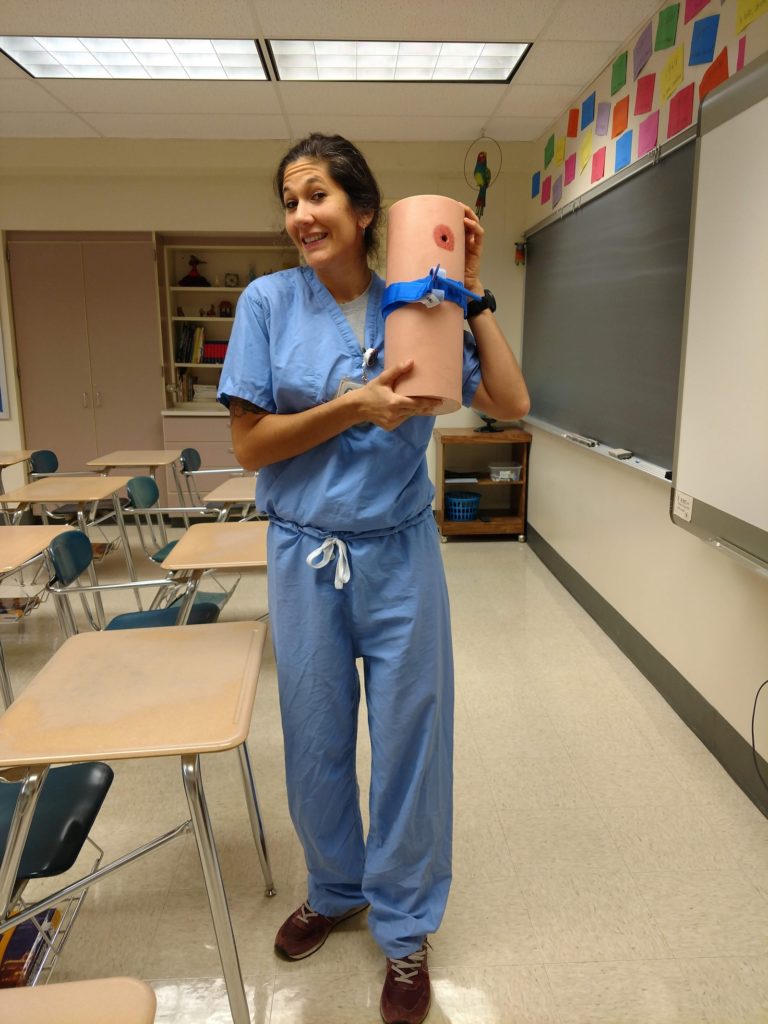
You see, I work as a Trauma, Critical Care and Acute Care Surgery PA and have for the last 11+ years. That means taking care of people during what will probably turn out to be the worst days of their and their loved ones’ lives. This particular human, the one that didn’t make it, had been shot. The details of how he happened to get shot are murky as this was some years ago now, but I will never forget the feeling of defeat as I walked out of the hospital that morning. That’s the thing, you don’t forget, you hold these moments like video clips for your entire life. The mom screaming as you tell them their child would likely not survive, the family gathered around the patriarch as he takes his last breath, suturing up the domestic abuse victim wondering if she will stay safe. Sometimes if I let it these videos spin through my brain like a rolodex the human suffering can be too much. That’s the trick though, never forgetting but not letting it take over.
To be real though, I LOVE MY JOB. It can be high paced and I never really know what could happen day to day. Anything from Amish buggy accidents with multiple injured to your sweet grandma Pearl that fell from her chair. From Neuro ICU patients to intubated COVID patients during our hospital surges. I thrive in organized chaos, having to make life and death decisions or perform lifesaving actions under time pressure with incomplete information. High stakes/ low frequency events as I like to call them. These are some of some of the sickest patients in the hospital. There is no better rush in the world then helping save someone’s life. It’s not all death and dying, sometimes the best part is talking to my elderly patients, holding their hands as they tell me about their lives before they ended up in the hospital.
So…. it should not be a surprise that I love chasing that thrill for fun. Anything: hiking, running, climbing, mountain biking, show jumping, adventure racing, kayaking, jiu jitsu, you name it. Anything that keeps me in the moment and the adrenaline pumping. I like to say “I’m mediocre at many things, master of none” I need to admit here to all though that my frontal brain has finally developed enough to feel fear and reasoning of consequences, so I am starting to slow down!
I come by it honestly though, my brothers strung me and my younger brother out over a ravine when I was in elementary school so that we would learn to “trust the rope”. We also compete for the family honor of “first blood” every summer. Or the time we made makeshift snowboards and jumped them off snow mounds while dodging trees. As if that had not imprinted on me enough, my parents work in trauma surgery and emergency medicine. My brothers were volunteer firefighters and medics. The scanner was always on at the house, and I was conditioned to know that when Life Flight flew over Dad was heading to the hospital. Trust me, I tried to avoid this life, but I could not escape it. I was destined for a career full of stress and terrible schedules but also a love of trying all things and escaping into the woods to soothe an injured soul.
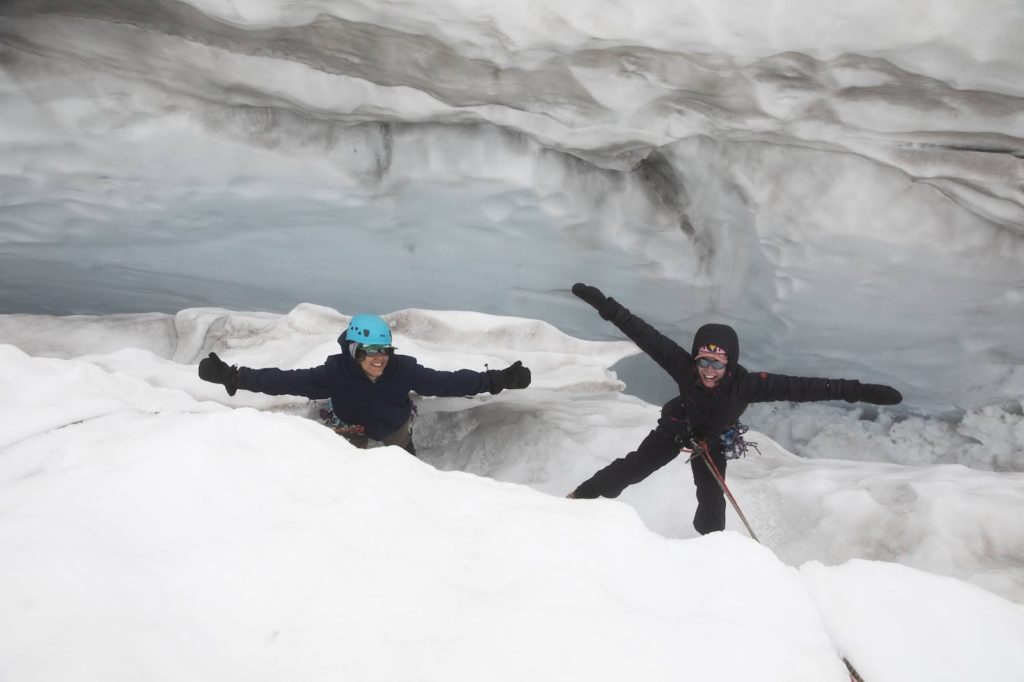
I was hoping one day my love of adventuring and my desire to help the sickest and the most injured would intersect. Mostly I have taken care of myself and my dogs in the wilderness. I wanted to be “the doc” on expeditions, deploy to disaster areas and join rescue teams. I became a member of the Wilderness Medical Society, took an Advanced Wilderness Life Support course, and took Advanced Disaster Life Support at a local hospital. I took a confined spaces and field amputation course through the state, participated in mountaineering and ropes rescue courses. I also started teaching wilderness medicine for National Association for Search and Rescue. At one point I was reading every book about every disaster in the mountains that I could get my hands on. I thought maybe I could get my DiMM and work at Everest ER or for the Himalayan Rescue Association. Turns out these jobs are hard to come by and require you to leave at a moment’s notice for unknown amounts of time, and many prefer you to have an MD or DO after your name. It’s even more difficult when you have a kiddo you’re responsible for, can’t consistently lead 5.8 trad, and are sometimes lacking in physical prowess required to match the team. I told myself I will wait; I will get better and maybe I can do this later. I had no idea how much these worlds would intersect and in such an elegant way.
“Hey Daria, can you present some wilderness medicine stuff, we have an opening that needs filled at the trauma conference?” “Yup, sure no problem” I said to my boss while my brain said “How the hell can I relate wilderness medicine to trauma surgery?”. We live at sea level we don’t deal with high altitude cerebral edema or pulmonary edema. Definitely no marine envenomation’s in PA. Maybe frost bite or heat stroke? But…. I had recently read a book pulled off the shelf at an IME in north Conway, NH by Ty Gagne : “Where You’ll Find Me: Risk, Decisions, and the Last Climb of Kate Matrosova”. It discussed her attempt at a winter presidential traverse along with the recovery efforts made by the Adroscogin Valley Rescue and Mountain Rescue Service teams. She was an amazing woman, well trained, well prepared, and knowledgeable but there was a cascade of seemingly innocuous events and choices that led to her death. What struck me was the discussion surrounding cognitive bias, situational awareness (SA), and team psychological safety. LIGHT BULB!
At this time in my career, I happened to be particularly interested in the performance improvement process (PI) for our trauma team. (PI is an important part of being a trauma center; analyzing our performance based on a predetermined list of outcome filters.) Thankfully Ty Gagne’s book had an incredible reference section and as I read through most of the books and articles listed, I was struck by the way the mountaineering / adventure community openly analyze, research, and discuss error. One only need look to the AAC’s annually published Accidents in North American Mountaineering.
These were some of the first times I had read the terms cognitive bias or team psychology safety (TPS). I learned more about situational awareness, high reliability organizations, and complex system theory. A whole area of psychology that I had not known existed but now found fascinating and 100% relevant to what I was doing at work, day in and day out. For the first time in my career, I contemplated how I was making these high stakes/ low frequency decisions under pressure with limited time and incomplete data. How did our team keep an accurate shared mental model? What makes a good team leader and how they contribute to TPS? This process, termed “Meta Cognition”, is how we think about thinking. My mind was blown!
Using examples from Gagnes book and Michael Roberto’s HBS article regarding the 1996 Everest disaster as well as citations from other books and the few pertinent medical journal articles I could find a presentation was formed. My aim was to help others start to think about their own cognitive biases develop strong SA, learn some principles of good team leadership and team dynamics, and open discussions on how to implement this to improve patient care.
There are many cognitive biases that exist; some of the most prevalent in medicine and mountaineering are overconfidence, anchoring, and sunk cost bias. Interestingly mountaineering and medicine both require some level of confidence to participate but also can lead people into danger. Rob Hall and Scott Fischer prior to the 1996 trip had discussed being able to get “any reasonably fit person” up Everest or that is it was basically a “yellow brick road”. In overconfidence bias people tend to overestimate their ability and underestimate the frequency of adverse events. Surgeons, and I will tread lightly here, are not known for their humility. When I lecture about difficult air way management, I often talk about knowing when to call for help and having more friends around including a surgeon able to perform a surgical airway just in case. The ability to have confidence while remaining vigilant and most importantly recognizing what you don’t know and having the humility to ask for help is probably one of the most underrated qualities in medicine. Matrosova had already summited Elbrus, Denali, and Aconcagua, arguably much more difficult mountains. She was only in the White Mountains training for Everest. The White Mountains are frequently underestimated given their low relative altitude compared to the west coast mountains but are the home of some of the most volatile weather recorded on the planet.
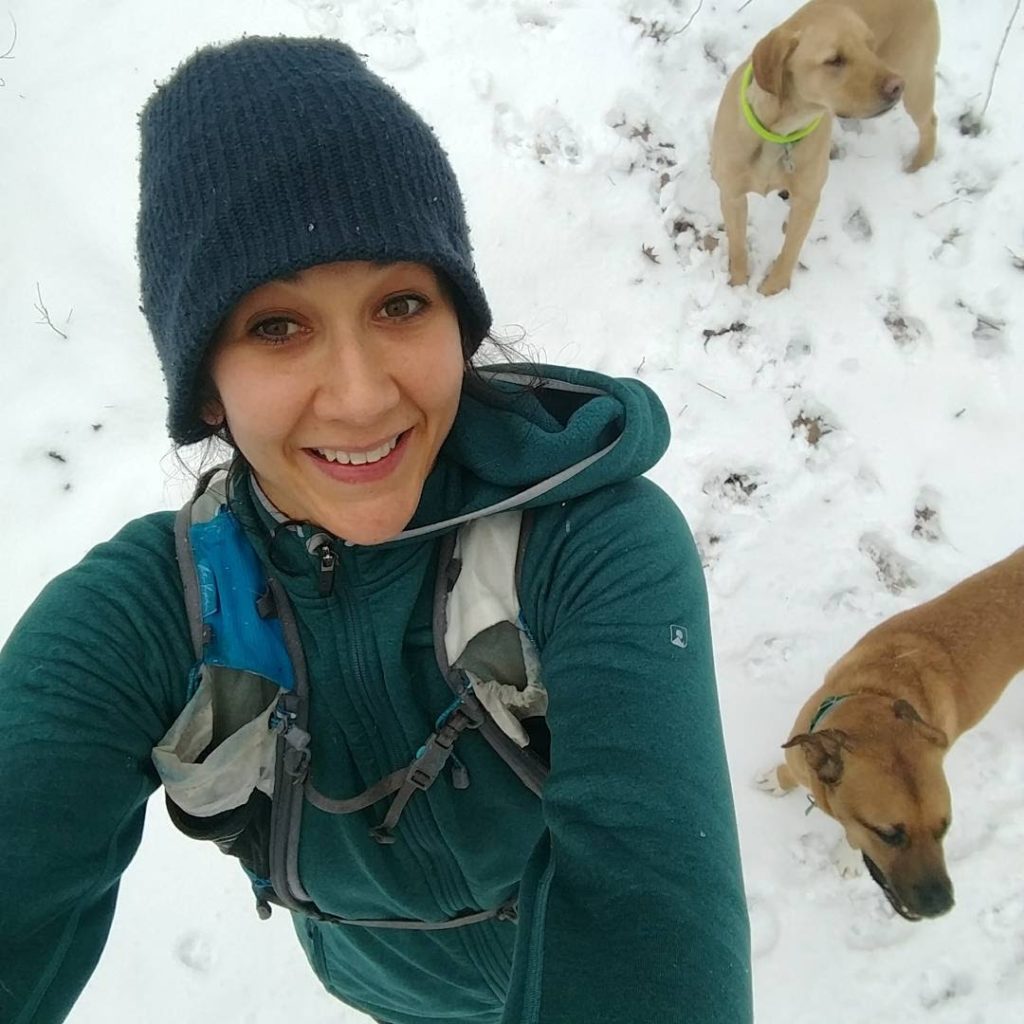
Anchoring bias involves “anchoring” your decision, whatever that may be, on the first information you receive. May not seem like a big deal, however, expand that to someone who came into the hospital after an MVC. I only get report over the accident but nothing about the events leading up to it. Chest pain prior to the accident is different than chest pain after the accident and it may shade my evaluation, I may miss important clues to an injury because I dismiss new or additional incoming data that is contrary to my initial evaluation. Or in the case of Matrosova, she anchored into the weather report the night prior of good weather, ignoring the deteriorating weather on the mountain that day. Consider the huge financial and time investments mountaineers make when attempting to summit Everest, if they are turned around several hundred feet from the summit and the incredible “sunk cost” pushing them past the turnaround time. I almost died in the ADK following people on what we thought was the trail leading to the summit of Giant Mountain but what turned out to be the walk offs for the ice climbing routes despite evidence to the contrary; anchoring, overconfidence, and poor TPS (a story for another time). It is not difficult to see how medicine and mountaineering are laid with these cognitive traps.
You might be thinking “My brain is my own worst enemy!”, and it certainly can be, but we can also use it to our advantage as well. In the high stakes/low frequency events where you need to think and act quickly to save life or prevent injury, whether in medicine or on the mountain, how do people make decisions? The short answer is training and simulation. The way I describe it goes something like this: 1. I get a set of clues containing hopefully a mechanism of injury, some symptoms, an exam and maybe some vitals or labs if I am lucky 2. Recognize a pattern that fits a specific diagnosis or several at the same time and 3. Intervention. If I get the process correct it creates a positive somatic marker (it does work also if I get it wrong) This process is at first slow and methodical but becomes more automated over time and goes into long-term working memory. This LTWM pattern is called a mental model. For my non outdoor friends I describe the process of learning to tie and belay in climbing and what at first takes effort then becomes long-term working memory and automated. Lynn Hill describes a time when she was distracted during this process and didn’t finish following back her figure 8 which ended up failing and thankfully only causing minor injuries. In medicine we are taught many patterns or what are called “differential diagnosis” and while we may learn the same patterns differently, we could all tell you the major symptoms of a heart attack or a stroke. The longer we practice the easier and faster it is to recognize certain patterns, thus the intervention comes more quickly. In medicine and mountaineering there are frequently things that can affect this pattern recognition and ability to act: altitude, cold, sleep deprivation, cognitive overload, fatigue emotional or physical. If you’ve been paying attention, I hope you are about to tell me hold up, this system doesn’t seem safe, and you would be correct, that’s were situational awareness, leadership, and TSP come to the rescue.
In “Decision Making in the Mountain Environment” written by Iain Stewart-Patterson, SA is described as a key human factor in decision making and is defined as the ability to maintain an accurate perception of the external environment, identify the source and nature of problems, and detect a situation requiring action. Interestingly in medicine and mountaineering everyone in a team is responsible for team SA. Dr Micah Endsley, an engineer for the United States Air Force, expands this into 3 levels: 1. Identifying the critical factors – wading through a considerable amount of data to find what is the most important. 2. What do those factors mean when integrated with the mission goals? 3. What does this information mean over time? To understand what the critical factors are one must have some knowledge of the environment. Take for instance a novice in avalanche territory, they may not recognize the danger of flagging trees or slope angle. Similarly, if you fail to recognize the signs of shock early you are behind the eight ball and lives can be lost. Not surprisingly this is where 76% of errors occur – failure to recognize the critical factors. If you can identify the factor but not recognize the pattern it is of little use. Lastly the ability to project these patterns over time is crucial. Based on a certain mechanism of injury I can predict certain patterns of injury and have a high SA regarding the possibility of these injuries, also knowing these injuries and how they affect the body over time allows me to talk with the patients and prepare them for the times ahead. This is also potentially can contribute to cognitive bias.
In the several years leading up to 1996 Everest had experienced rather stable weather and the expeditions were lulled into a false sense of security. The key part of this is that it requires training and familiarity to recognize critical factors that require action, in other words recognize the pattern or mental model that fits the circumstances and can project them over time. Conrad Anker describes what he calls “hyper-situational awareness” thinking about the worst-case scenario and planning about it in reverse. At work I often do this, in fact I am trained to do this through something called Advanced Trauma Life Support and/or Fundamentals of critical care. We are trained to recognize and intervene immediately in life threatening situations. It is one thing to keep your own SA but its quite another when you are part of a team, especially if you are not the leader. A good team leader and TSP are essential for a high functioning team.
Leadership in the trauma bay and team functioning, of the topics I have discussed thus far, has been studied and had several papers published. They agree that the role is essential but disagree on who the leader should be. There is also some evidence that team positioning near the patient plays a role. Mountaineering and medical literature both agree that the team lead is a center for communications, coordination of team members, allocation of resources, keep and update an accurate shared mental model, keep and update team SA, as well as recognize cognitive bias of individuals and the team. Usually, team leaders are the more experienced and knowledgeable members of a team, which makes sense, since they have more mental models at hand through experience and/ or training. Rob Hall had led 39 clients up Everest and emergencies within the hospital are usually led by the most senior or knowledgeable practitioner within the group. Providers in training gradually assume these roles through mentorship and something called “graduated performance autonomy”. According to ATLS a Trauma Team Leader (TTL) stresses assessment and re-assessment, closed loop communication, TSP and after-action review. The whole process is started with a briefing –(the beginning of a mental model) the patient arrives, we address all life threatening injuries as the are found in a systematic process. The TTL is responsible for updating the teams shared mental model and actions required. For instance, a change in vital signs is called out, the TTL adjusts the model and actions based on the new and incoming information.
The military has studied their special forces teams and found that teams that have trained and deployed together relied on nonverbal cues and could anticipate future actions without explicit demands. A shared mental model is a “theoretical framework, where effective team performance under a high workload depended on a team members ability to apply a shared understanding of the task, structure of the team, and each team members role with in it.
Another interesting phenomenon called Stress Induced Attention Tunneling requires leaders to trade off leadership when participating in a critical task. I can attest to this phenomenon, when preforming a cricothyroidotomy on a crashing patient, my field of vision narrowed, no idea what was going on around me and all I could see was the patient’s neck and what I was doing. Interestingly I had followed my own warnings regarding airway management, called for backup at the first signs of what I term “badness” and handed over leadership.
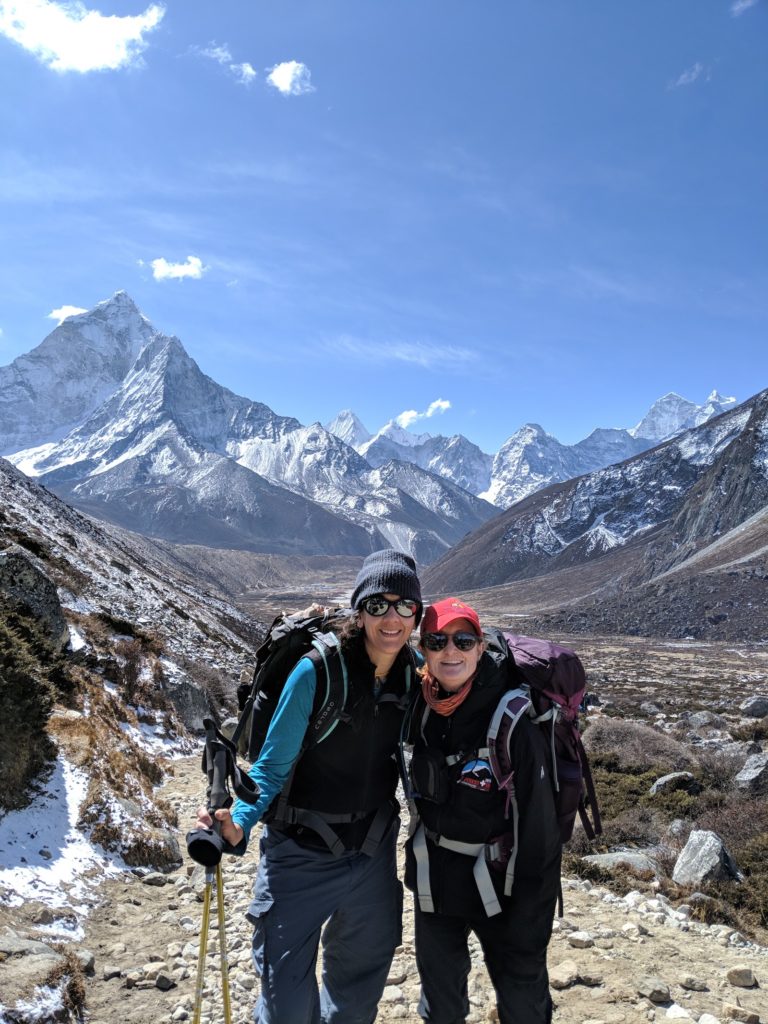
So why do some teams work well and some fail? In reading about the rescue and recovery teams for Matrosova, there were several key qualities that I have read about or witnessed in other high functioning teams that cannot go understated and I think are harder to come by in the medical community than the mountaineering community. Mostly the difference exists in medicine because of the hierarchical structure of medicine with the MD/ DO being at the top. So how do we combat this? Through something called team psychological safety. The sense that everyone is responsible for the success of the organization and its services regardless off the hierarchy. Not only the shared responsibility but the shared idea that everyone, regardless of member status differences, can speak up, update the SA, or the shared mental model. This is much easier said than done. The Androscoggin Valley Rescue Teams and the Mountain Rescue Teams were familiar with the members of the team. They encouraged dissent if safety was in question, and did not feel the team would “marginalize, rebuke or be penalized” for speaking up. High functioning teams can then anticipate and act and adjust course easily.
I want to say that I am not an expert in this field, I just find it fascinating and incredibly applicable to my current job. Aside from the mountaineering community, the aviation industry and nuclear industry have also researched these topics extensively. The fear of retaliation, legal action, shame, and ego are the reasons why examining medical failures can be so challenging. Of course, we have Morbidity and Mortality conferences, but the topics of cognitive bias, situational awareness, and TSP are rarely discussed, and if they are they are usually attributed to one persons error. This is typically not the case. There are some studies that show unless you blind the reviewers to the outcome there is significant hindsight bias, nor is there much attention paid to the factors that affect decisions made in these high stakes/ low frequency events. In fact, these highly complex/tightly coupled systems are “bound to fail and when they fail, they will fail catastrophically especially when we week to simplify interpretations”.
My practice after reading and researching down this rabbit hole has changed the way I approach my job every day. The very awareness of cognitive bias and the issues that affect SA changed how I approach problem solving and patient interactions. Knowledge of what makes effective and safe leaderships and high functioning teams changed how I approach critical events within the hospital. My sincere hope is that more awareness will lead to better outcomes and better teams functioning.
I will leave you with a quote from Edward Whymper, who had the first ascent of the Matterhorn. “There have been joys too great to be described in words, and there have been griefs upon which I have dared not to dwell, and with these in mind I must say, climb if you will, but remember that courage and strength are naught without prudence, and that a momentary negligence may destroy the happiness of a lifetime. Do nothing in haste, look well to each step, and from the beginning think what may be the end”.
References:
Endsley, M. R. (2013). Situation Awareness. Oxford Handbooks Online. doi:10.1093/oxfordhb/9780199757183.013.0006
Gagne, T. (2017). Where youll find me: Risk, decisions, and the last climb of Kate Matrosova. Conway, NH: TMC Books.
Ganzales, L. (2005). Deep Survival. London: W.W. Norton & Company.
Henriksen, K. (2003). Hindsight bias, outcome knowledge and adaptive learning. Quality and Safety in Health Care,12(90002), 46ii-50. doi:10.1136/qhc.12.suppl_2.ii46
Härgestam, M., Hultin, M., Brulin, C., & Jacobsson, M. (2016). Trauma team leaders’ non-verbal communication: Video registration during trauma team training. Scandinavian Journal of Trauma, Resuscitation and Emergency Medicine,24(1). doi:10.1186/s13049-016-0230-7
Johnsen, B. H., Westli, H. K., Espevik, R., Wisborg, T., & Brattebø, G. (2017). High-performing trauma teams: Frequency of behavioral markers of a shared mental model displayed by team leaders and quality of medical performance. Scandinavian Journal of Trauma, Resuscitation and Emergency Medicine,25(1). doi:10.1186/s13049-017-0452-3
Roberto, M. A. (2002). Lessons from Everest: The Interaction of Cognitive Bias, Psychological Safety, and System Complexity. California Management Review,45(1), 136-158. doi:10.2307/41166157
Speck, R. M., Jones, G., Barg, F. K., & Mccunn, M. (2012). Team Composition and Perceived Roles of Team Members in the Trauma Bay. Journal of Trauma Nursing,19(3), 133-138. doi:10.1097/jtn.0b013e318261d273
Stewart-Patterson, I. (n.d.). Decision Making in the Mountain Environment. : Proceedings of the 2004 International Snow Science Workshop, Jackson Hole, Wyoming.
Who should lead a trauma team: Surgeon or non surgeon? A systematic review and meta-analysis. (2017). Journal of Injury and Violence Research,9(2). doi:10.5249/jivr.v9i2.874
Wickens, C. D., Keller, J. W., & Shaw, C. (2015). Human Factors in High-Altitude Mountaineering. Journal of Human Performance in Extreme Environments,12(1). doi:10.7771/2327-2937.1065



